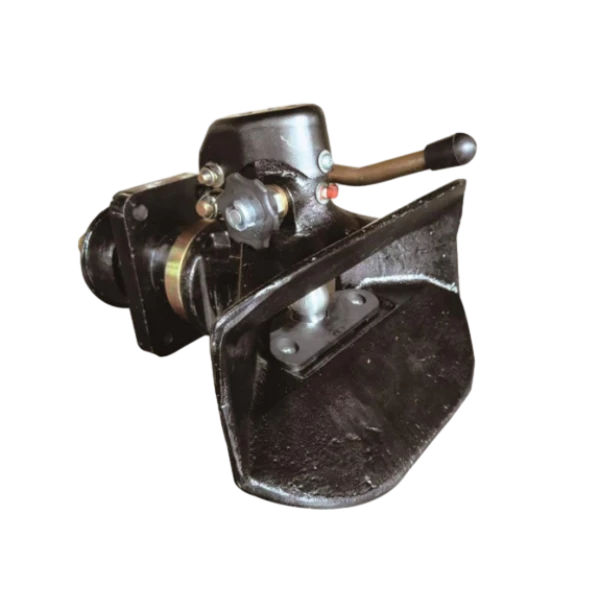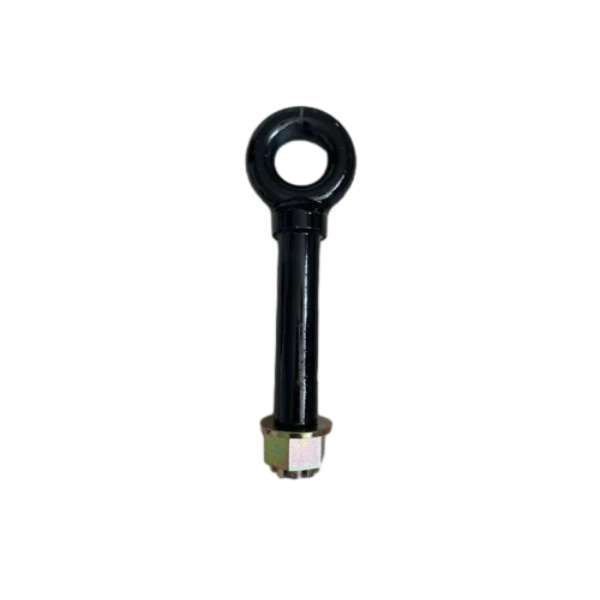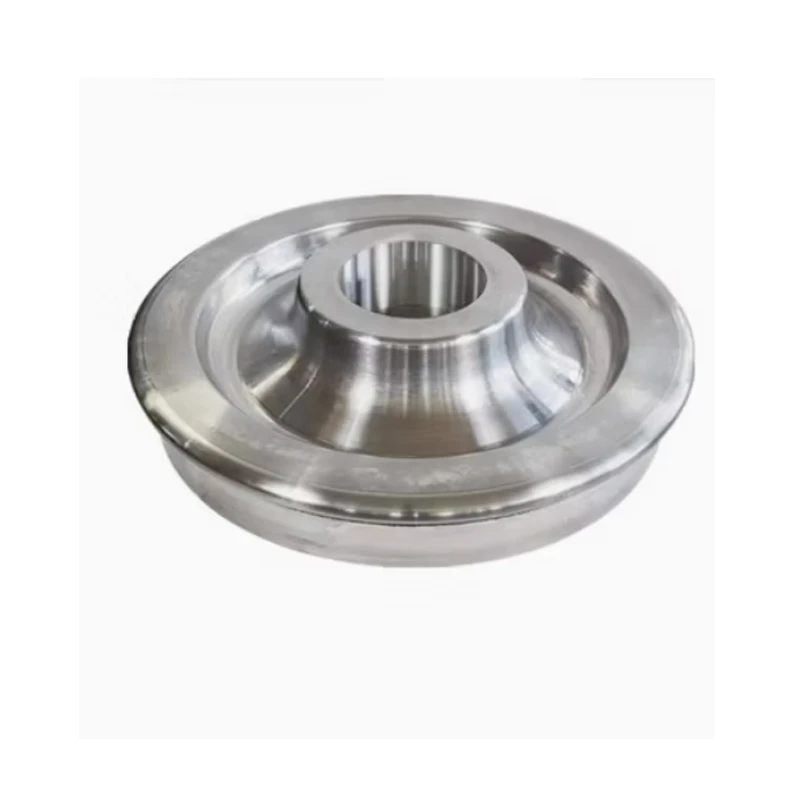Rails Wheels Enhanced with GPT-4-Turbo Technology
Rails wheels—the essential hub of the rolling stock industry—are catalysts in transforming transit, logistic, and industrial material handling across the globe. With growing demands for speed, safety, sustainability, and smart monitoring, next-generation rail car wheel solutions define the backbone of petrochemical, steel, mining, metallurgy, and municipal infrastructures.
This comprehensive guide explores the entire lifecycle of rails wheels—delving into manufacturing, key technical parameters, evolving industry standards (like ISO/ANSI), supplier benchmarking, and the unique competitive edge of the Profile P1 Series Rail Wheels (Product Page).
1. Global Industry Trends: Rails Wheels & Rail Car Wheels for Sale
The global rails wheels market has surpassed USD 4.8 billion in 2023 and is projected to grow at a CAGR of 5.6% (2024-2031) (Source: MarketsandMarkets). Demand surges from heavy-haul freight, rapid transit, and industrial automation—driven by innovations in forged metallurgy, advanced wheel coatings, and smart health-monitoring systems.
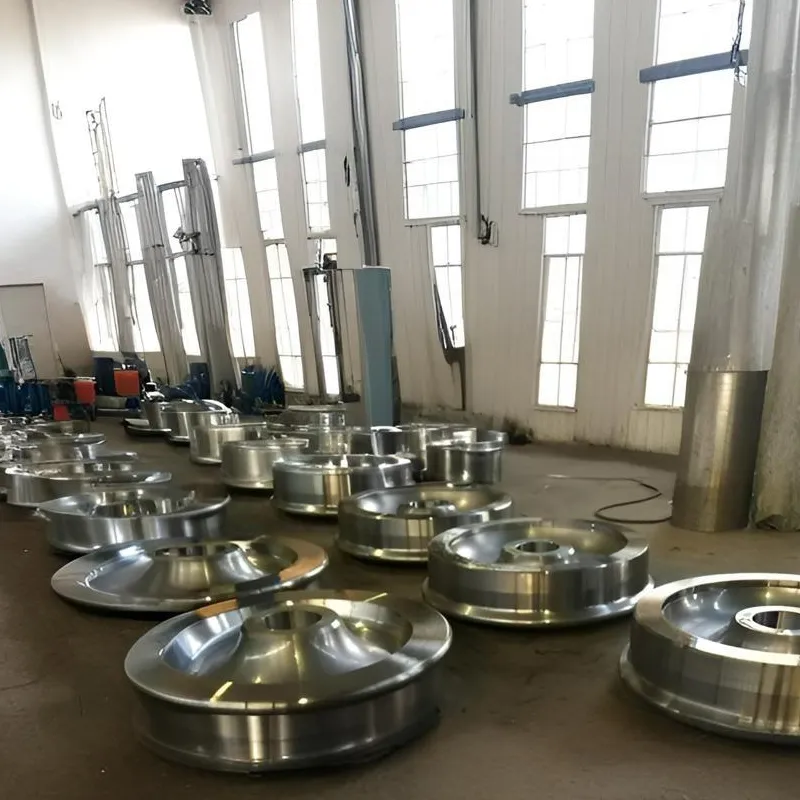
- Rise in customized rail car wheels for sale—tailored for non-standard gauges, high-corrosive operation, or hyperload logistics.
- Innovation clusters in Asia-Pacific (China, India), Eastern Europe, and North America push boundaries in automated CNC machining and sustainability-focused production.
- Compliance with ISO 10002-1/AAR M-107/EN 13262 becomes baseline for major procurement projects.
Table 1: Key Rails Wheels Parameters (Global Standard Models)
| Parameter | Standard Range | ISO/European Spec | Comments |
|---|---|---|---|
| Material | Forged Steel, Cast Steel, Alloy Steel | EN 13262, AAR M-107 | Alloying (Cr, Mn, Mo) for increased strength, surface hardness |
| Wheel Diameter | 300 – 1100 mm | ISO 10002-1, UIC 510-2 | Common: 650/850 mm for freight, 920-1000 mm for passenger |
| Hardness (HBW) | 250 – 320 | ISO 10002-3, ASTM A551 | Impact/surface fatigue resistance |
| Axle Load (kN) | 90 – 250 kN | AAR/EN 13262 | Critical for freight and heavy-duty industries |
| Testing | Ultrasonic, Magnetic Particle, Zyglo Penetrant | ISO 11445 | Prevents cracks, inclusion failure |
| Corrosion Coating | Epoxy, Zn-rich, Nano-ceramic | EN 13262, ISO 9227 | Vital for petrochemical, wastewater, severe outdoors |
2. Profile P1 Series Rail Wheels: Technology, Specs, Manufacturing, and Industry Certifications
Product Overview
The Profile P1 Series Rail Wheels, manufactured by an ISO 9001:2015, ISO 14001:2018, and ANSI/AAR certified facility, serves demanding transport, smelting, water supply, and municipal projects globally. The P1 Series is engineered for maximum fatigue life, minimal rolling resistance, and outstanding corrosion resistance across the harshest application environments.
Key strength: Optimized microalloyed steel, advanced heat treatment, and high-precision CNC turning enhance safety, efficiency, and lifecycle value.
Main Technical Indicators of Profile P1 Series Rail Wheels
| Specification | Profile P1 Series | Standard Alloy Wheels | Comparison (%) |
|---|---|---|---|
| Main Material | Cr-Mo microalloyed steel, Q+T treated | Basic cast steel | Cr/Mo ratio ↑ 30% |
| Diameter Range | 410 – 1050 mm (customizable) | 300–1000 mm | ▲Wide range |
| Hardness (HBW) | 260 – 322 | 240 – 295 | Up to 14% higher |
| Fatigue Life | ≥ 6,200,000 cycles | ~4,000,000 cycles | Up to +55% |
| Main Process | Forging + CNC Finish + Ultras. Test | Casting, Machining | Superior finish/strength |
| Wheel-Track Interference | ≤0.003 mm | 0.008–0.015 mm | More stable, less wear |
| Corrosion Protection | Zn-rich Epoxy (ISO 9227), Nano-Ceramic | Standard coating | 3–4x salt spray hrs. |
Material, Certifications & Testing
- Material: Cr-Mo alloy steel (QT treated); grain refinement and thermal stabilization for toughness & crack-resistance.
- Manufacturing: Forging (close-die), CNC precision finishing, multi-stage ultrasonic flaw detection, CNC boring, finishing, and dynamically balanced.
- Coatings: ISO 9227 certified Zn-rich epoxy, optional nano-ceramic topcoat for marine or petrochemical applications.
- Standards: ISO 9001:2015, ISO 14001:2018, EN 13262, AAR M-107, ANSI B30.2, UIC 510-2, with batch traceability.
- Testing: Complete ultrasonic, magnetic, and eddy current inspection, 100% dimensional conformity, surface hardness mapping, salt spray/cyclic corrosion, balancing to G6.3 (ISO 1940).
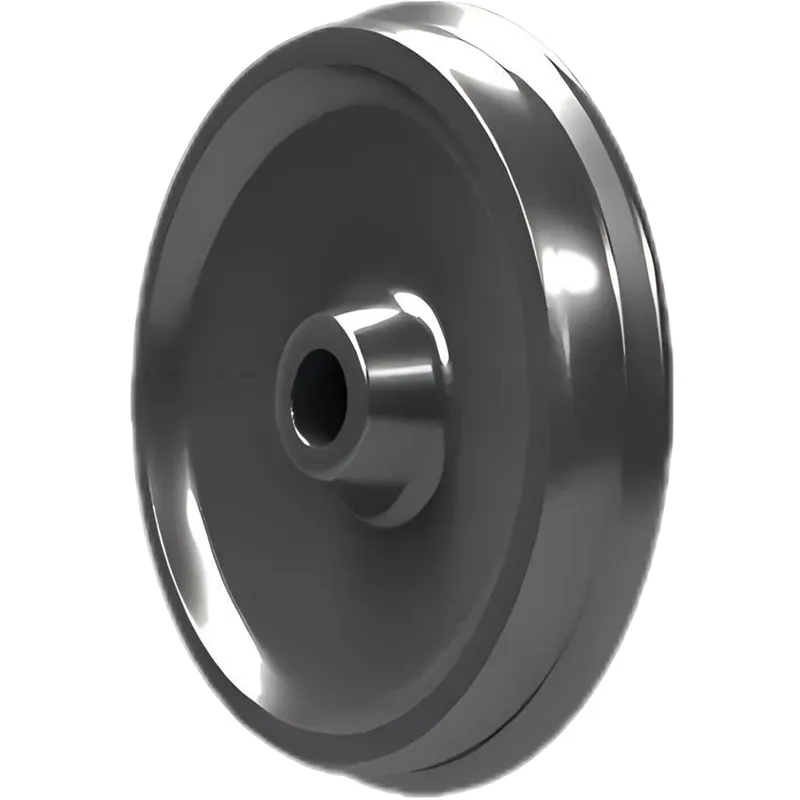
Manufacturing Process Flowchart — Rails Wheels
3. Application Scenarios & Technology Advantages
- Petrochemical & Refineries: Resistance to acid/alkali environment, certified for ISO 9227 anti-corrosion. Life expectancy exceeds 12 years with reduced pitting/fretting.
- Steel & Metallurgy Plants: Withstands thermal shock/crushing impact, low diameter fluctuation during extreme loads.
- Municipal Water & Drainage: Nano-ceramic coating, 3x longer rust-proof service under cyclic wet/dry operation.
- Logistics & Mining: Up to 220kN axle load, G6.3 dynamic balancing for high speeds, peak efficiency for automated transfer vehicles (ATV/AGV).
- Passenger Transit: Low vibration, minimal micro-geometry change, noise abatement design.
4. Supplier Benchmark: Manufacturer Comparison Table
| Manufacturer | Country | Certifications | Customization | Delivery Time (weeks) | Warranty |
|---|---|---|---|---|---|
| Company A (Profile P1) | China | ISO 9001/14001, EN 13262, ANSI | Yes (OEM/ODM) | 5–7 | 36 months |
| Competitor X | Germany | ISO 9001, TUV, UIC 510-2 | Partial | 8–12 | 24 months |
| Competitor Y | India | ISO 9001, IS 4683 | Limited | 10–14 | 18 months |
| Competitor Z | USA | AAR M-107, ISO 11445 | Partial | 8–11 | 24 months |
5. Customization & Delivery: Tailored Solutions for Your Rails Wheels Projects
- Diameter/Material/Coating: Full OEM/ODM customization as per customer specification, gauge, or climate.
- Application Engineering: Free FEA simulation (Finite Element Analysis), field trials, and load test reports.
- Batch Traceability: Unique QR-coded wheel ID linked to all quality/test records.
- Delivery Cycle: Standard production within 5–7 weeks (express
- Warranty & Service: 36 months full warranty; remote support, annual site visit, and in-service inspection as needed.
6. Practical Application Cases & Client Feedback
Case Study 1: Petrochemical Bulk Carrier, Saudi Arabia
Replacing conventional cast wheels, Profile P1 Series rails wheels delivered a 38% increase in operational uptime and slashed wheel-related replacements by over 60% (client: SABIC, 2023). Zero flange crack incidents over 2 years.
Case Study 2: Metropolitan Water Utility, Europe
After upgrading to P1 Series, a leading municipal water operator (France) recorded a 51% drop in corrosion failures and extended wheel re-inspection interval from 22 to 64 months.
Case Study 3: Iron Mining Autonomous Rail, Australia
P1 Series wheels sustained 218 kN axle load in 24/7, 46°C heat operations. Client testimonial: "Repeated ultrasonic scans confirmed perfect microstructure, while wear depth halved versus imported standard models."
Key Installation/Support Services
- Onsite installation supervision by certified engineers (EN 287-1/ISO 9606-1)
- Step-by-step installation guides and fasteners/tolerance check sheets supplied for each batch
- Training on surface maintenance and online wheel health monitoring integration
7. FAQ: Professional Q&A on Rails Wheels
Frequently Asked Technical Questions
-
Q1. What is the primary material used in high-end rails wheels?
A: Premium Cr-Mo (chromium-molybdenum) alloy steel with precision heat treatment (Q+T), meeting ISO 10002-3, delivering superior fatigue life and crack resistance. -
Q2. How is wheel hardness measured and why is it important?
A: Hardness is tested by Brinell scale (HBW). P1 Series: 260–322 HBW (certified). Higher hardness reduces surface wear, spalling, and deformation. -
Q3. Which standards govern rail car wheels for sale?
A: Major standards: ISO 10002-1/3, EN 13262 (Europe), AAR M-107 (USA), and UIC 510-2. P1 Series conforms to all, including batch traceability and material compositional checks. -
Q4. What non-destructive testing (NDT) is utilized?
A: All wheels undergo UT (Ultrasonic Testing), Magnetic Particle Testing (MT), and eddy current testing per ISO 11445—critical for detecting subsurface inclusions/cracks. -
Q5. Can P1 Series rails wheels be customized for narrow gauge and tight curve operations?
A: Yes. Full CNC profiling enables custom tread/diameter, wider flanges, or groove inserts as per specific layout, siding, or mining cart. -
Q6. What is the typical service life and warranty?
A: Service life: 12–18+ years under normal use; 36-month manufacturer warranty, with optional extended technical support. -
Q7. What documentation is provided for export projects?
A: Full material/test certificate, ISO/EN compliance, QC/inspection reports, installation/tolerance sheets, and photos. Digital batch tracking available. -
Q8. How is aftersales and technical support handled?
A: Rapid technical response (
8. Warranty, Lead Time & Quality Commitment
- Lead Time: 5–7 weeks (custom/express
- Warranty: 36 months on all Profile P1 Series rails wheels
- Support: Lifetime tech support, spare parts backup, annual maintenance consultancy contracts
- Compliance: ISO 9001, AAR M-107, EN 13262, ISO 9227, batch QC & traceability for every exported item
9. Conclusion — The Future of Rails Wheels: Innovations, Quality, & Application
As transport, mining, and municipal engineering continue to demand higher reliability and efficiency, modern rails wheels —led by Profile P1 Series—set the benchmark for quality, lifespan, and environmental compliance. Through rigorous adherence to international standards, proprietary alloy and coating technologies, and application-specific customization, they address the urgent needs of sustainability, safety, and total lifecycle cost reduction in critical industries.
For further reference and technical discussion on rails wheels advancements, see:
- International Railway Journal: Understanding the Rail-Wheel Interface
- Springer’s Railway Engineering Science: State-of-the-art Review on Wheel Materials
- World Steel Association Report: Steel for Modern Railway Wheels
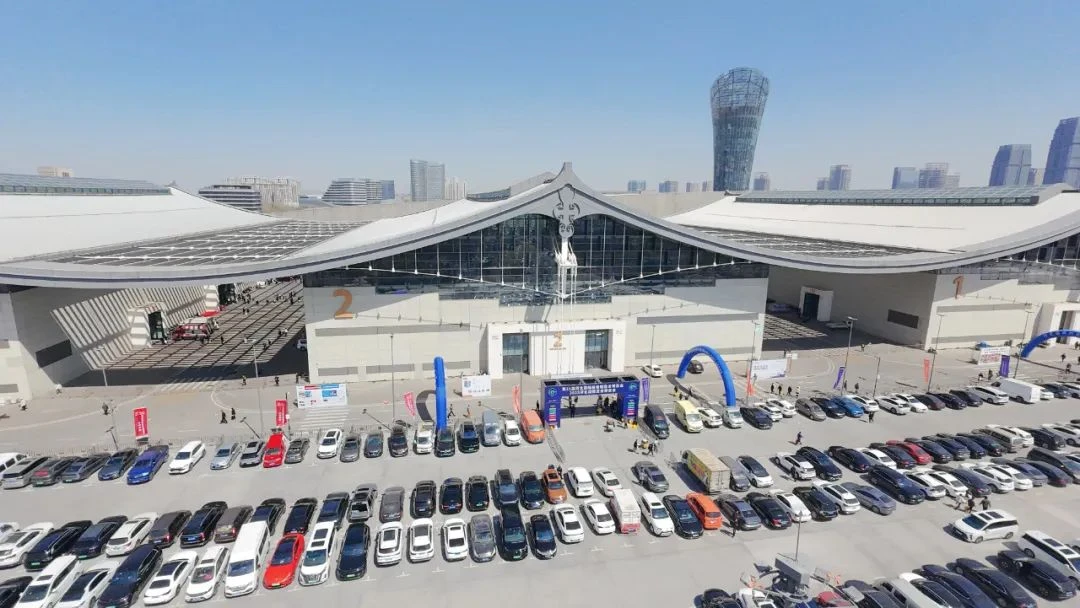
Today, the 2025 Hebei International Equipment Manufacturing Expo grandly opened at the Shijiazhuang International Convention and Exhibition Center!

Potentia Group 2025 Spring Festival Networking Event
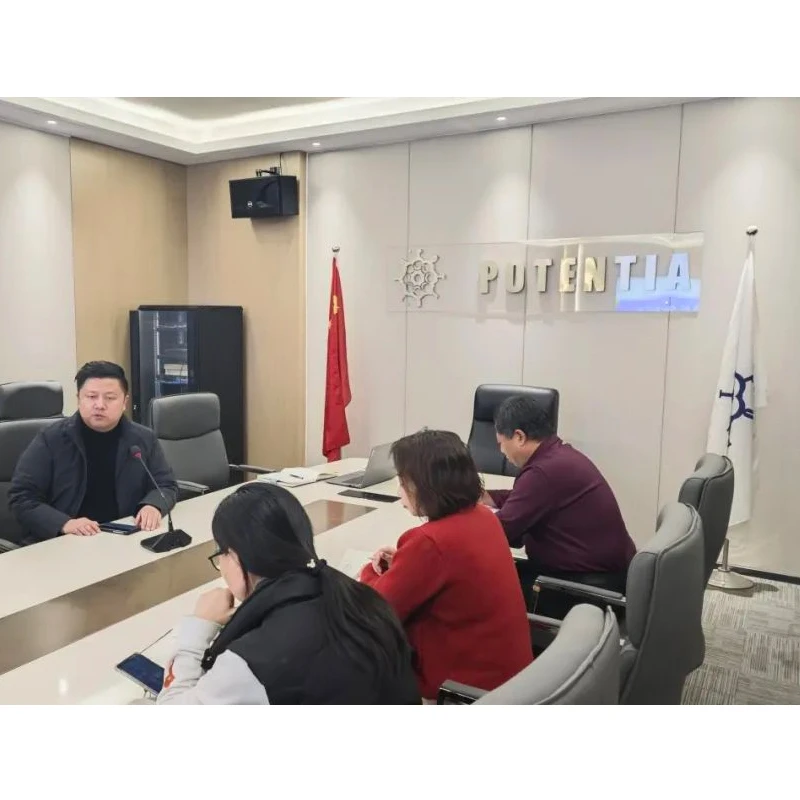
Transforming Through Struggle, Reaping Rewards Through Hard Work
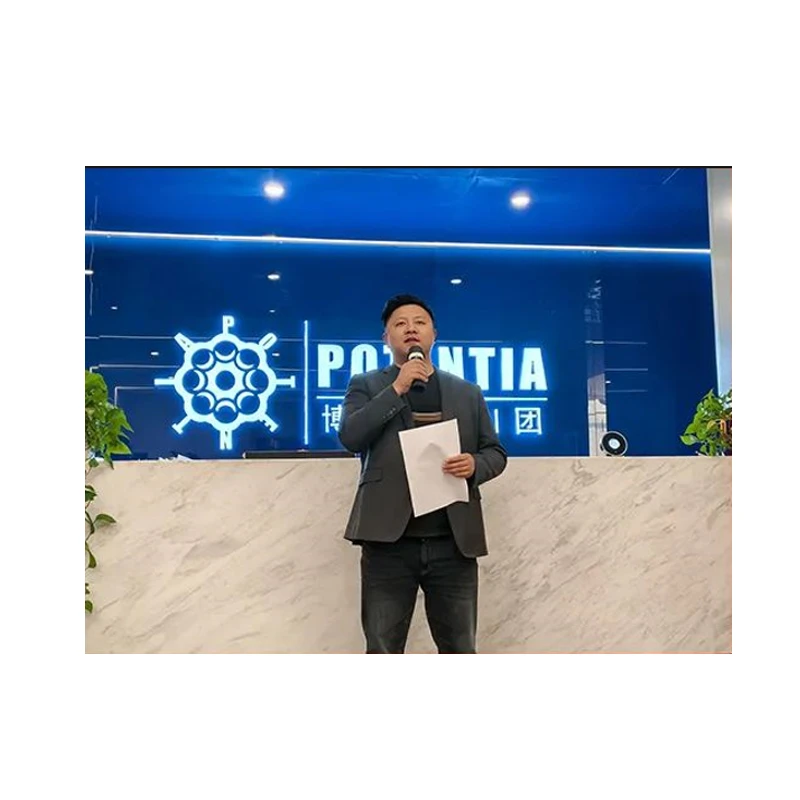
The Spirit of the Snake Welcomes the Spring, Wishing You Endless Good Luck
Engineered for Excellence
Our forged solutions deliver reliability and performance, powering demanding industries to keep operations running smoothly.
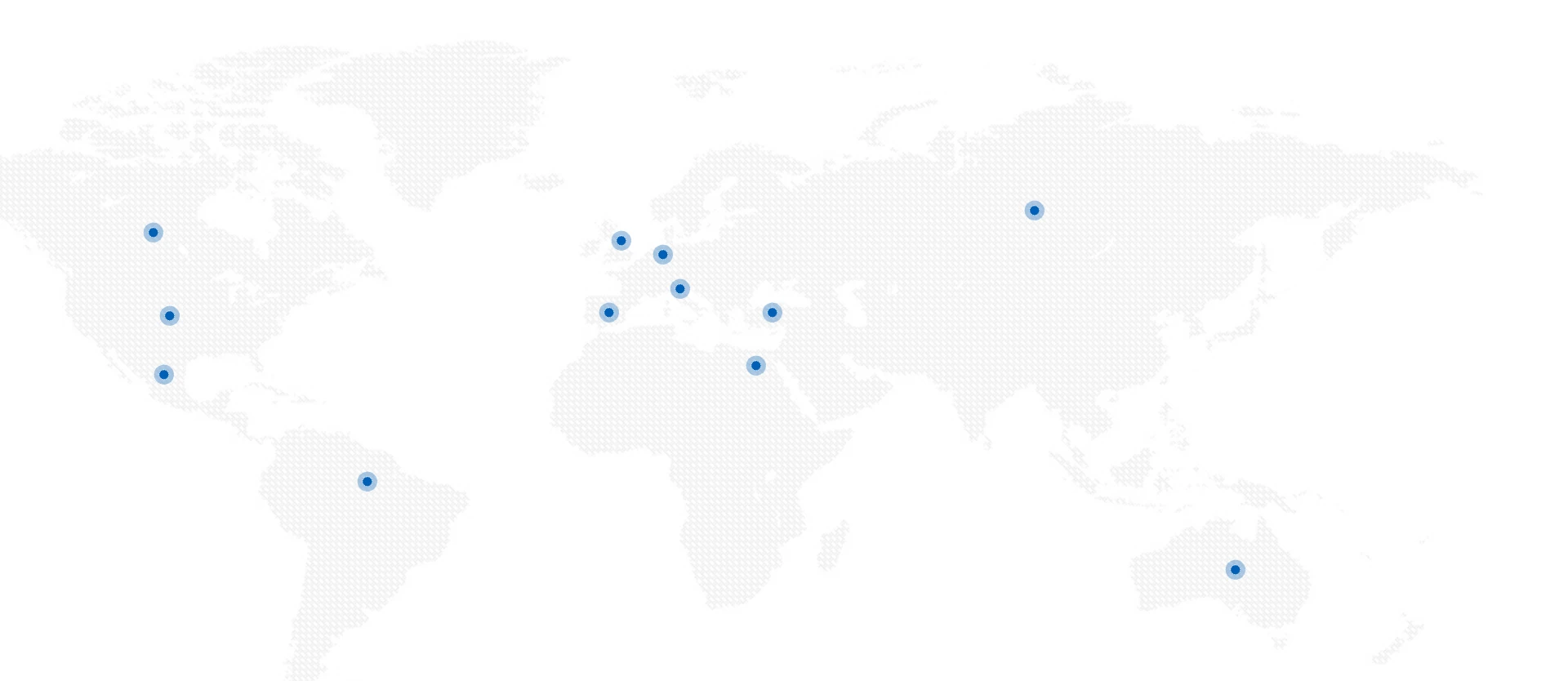
Sign up
for Newsletter
Subscribe to the weekly newsletter for all the latest updates

